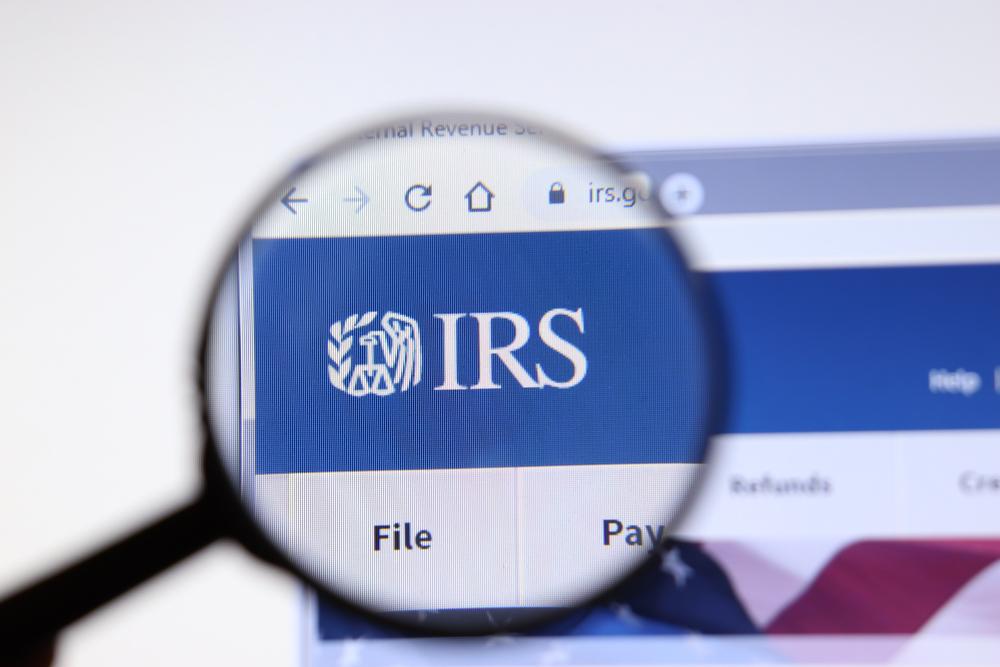Dear Dave,
I’m currently on Baby Step 2, and I have about $7,000 in debt to pay off before I can move to bulking up my emergency fund in Baby Step 3. When you’re paying off debt, what do you recommend for 401(k) contributions?
—Rae
Dear Rae,
I recommend putting a temporary stop to investing while you’re getting out of debt. Lots of people are shocked by this advice, and some disagree with it, because they’re afraid of missing out on their employer’s match or the wonders of compound interest. But before we go any further, let me emphasize one thing. The key word here is temporary.
Baby Step 1 is to save $1,000 as a starter emergency fund. Baby Step 2 is paying off all of your debt, except for your home, from smallest to largest, using the debt snowball plan. During this time, you’re attacking your debt with incredible intensity and putting every penny you can scrape together toward paying it off.
Trying to accomplish too many things at once diminishes the ability to focus. And when you spend all of your time nickel-and-diming everything, the result is that nothing at all gets done very well. You need to really move the needle and see results, because personal finance is 80 percent behavior and only 20 percent head knowledge. It’s not so much a math issue, because if you’d been doing the math all along, you wouldn’t have a bunch of debt.
That’s why, for a short period of time, I want you to concentrate with laser intensity on knocking out debt. Once that’s out of the way, you can pour even more money into investing, saving, and giving!
—Dave








